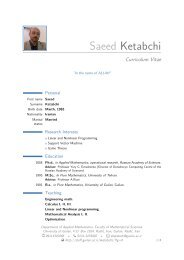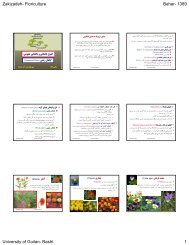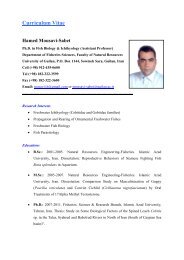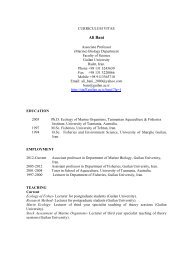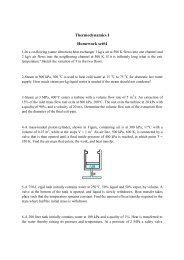Medical Tourism in Developing Countries
Medical Tourism in Developing Countries
Medical Tourism in Developing Countries
- No tags were found...
Create successful ePaper yourself
Turn your PDF publications into a flip-book with our unique Google optimized e-Paper software.
Would You Like a Safari With Your Lasik Surgery? ● 79Second, telemedic<strong>in</strong>e is relevant for medical tourism because it has beenused to follow up with foreign patients after they return to their countries.For example, Apollo has set up telemedic<strong>in</strong>e centers for follow-ups withmedical tourists where patients go to keep <strong>in</strong> touch with their physicians.Telemedic<strong>in</strong>e opportunities are expand<strong>in</strong>g daily, and technological change<strong>in</strong> general is favor<strong>in</strong>g further outsourc<strong>in</strong>g, support<strong>in</strong>g the say<strong>in</strong>g that “telecommunicationshas all but elim<strong>in</strong>ated geographical barriers.” 57PharmaceuticalsPhysical capital and medical technology require pharmaceuticals <strong>in</strong> order tobe useful <strong>in</strong> medical care. Develop<strong>in</strong>g countries consume only 25 percentof the world drug production (and that <strong>in</strong>cludes what foreign patientsreceive). 58 <strong>Countries</strong> that promote medical tourism must have sufficientdrug reserves for their <strong>in</strong>ternational patients. They must import their suppliesor produce them domestically. Moreover, the quality of those drugsmust be at least comparable to what patients can receive at home. This istrue especially for Western tourists who come to LDCs and expect to receivethe most effective drugs <strong>in</strong> their treatment. In other words, even if develop<strong>in</strong>gcountries are able to produce generic drugs and use those <strong>in</strong> the foreignpatient treatment, they must meet the str<strong>in</strong>gent criteria of the U.S. Foodand Drug Adm<strong>in</strong>istration. Certa<strong>in</strong>ly countries that are part of (or wish tojo<strong>in</strong>) the WTO have to abide by <strong>in</strong>ternational standards for drugs (obstaclesassociated with pharmaceutical supply are discussed <strong>in</strong> chapter 6).Cooperation Between Public and Private SectorsSangita Reddy, Executive Director of the Apollo Group <strong>in</strong> India, said,“It is important for the private sector and the public to work together andtry and give more efficient solutions, reach people quicker, extend ourreach, and there are many examples of w<strong>in</strong>-w<strong>in</strong> solutions when we worktogether [italics m<strong>in</strong>e].” 59 It is exactly such w<strong>in</strong>-w<strong>in</strong> situations that are be<strong>in</strong>gsought out by the promoters of medical tourism. To maximize their number,both private and public sectors are explor<strong>in</strong>g ways of cooperat<strong>in</strong>g.Various forms of cooperation between the public and private sectors havebeen receiv<strong>in</strong>g a lot of attention ever s<strong>in</strong>ce the UN Conference onEnvironment and Development (also known as the Earth Summit). It wasthen, <strong>in</strong> 1992, that transnational corporations and political leaders begansay<strong>in</strong>g that everyone concerned with the environment should cooperate andwork together, not aga<strong>in</strong>st each other. 60 Cooperation and dialogue becamethe key concepts. The former WHO Director-General, Gro Harlem






